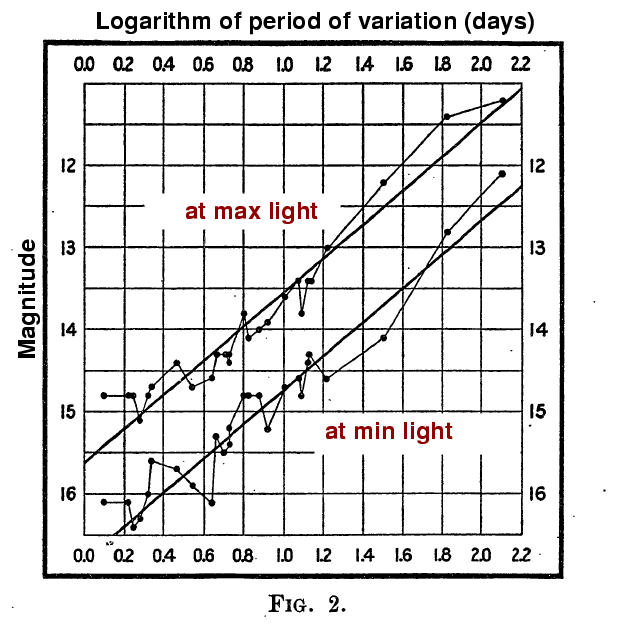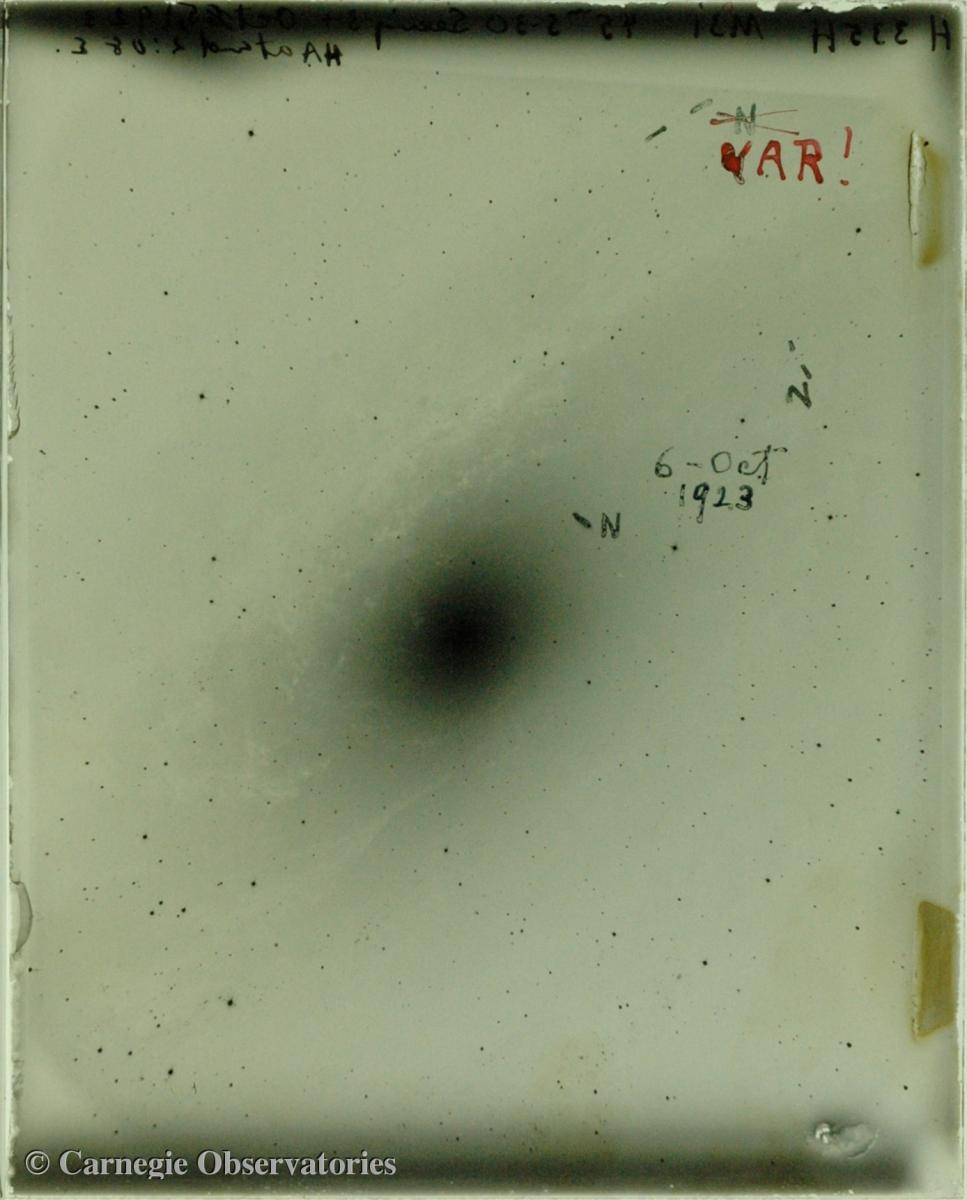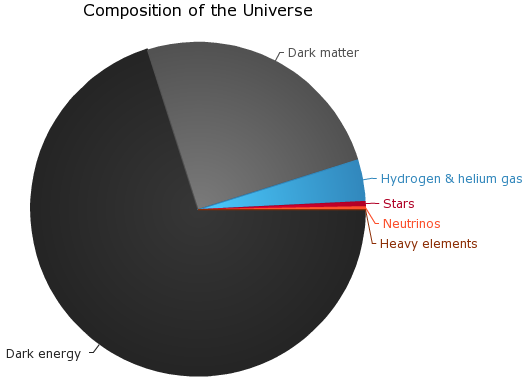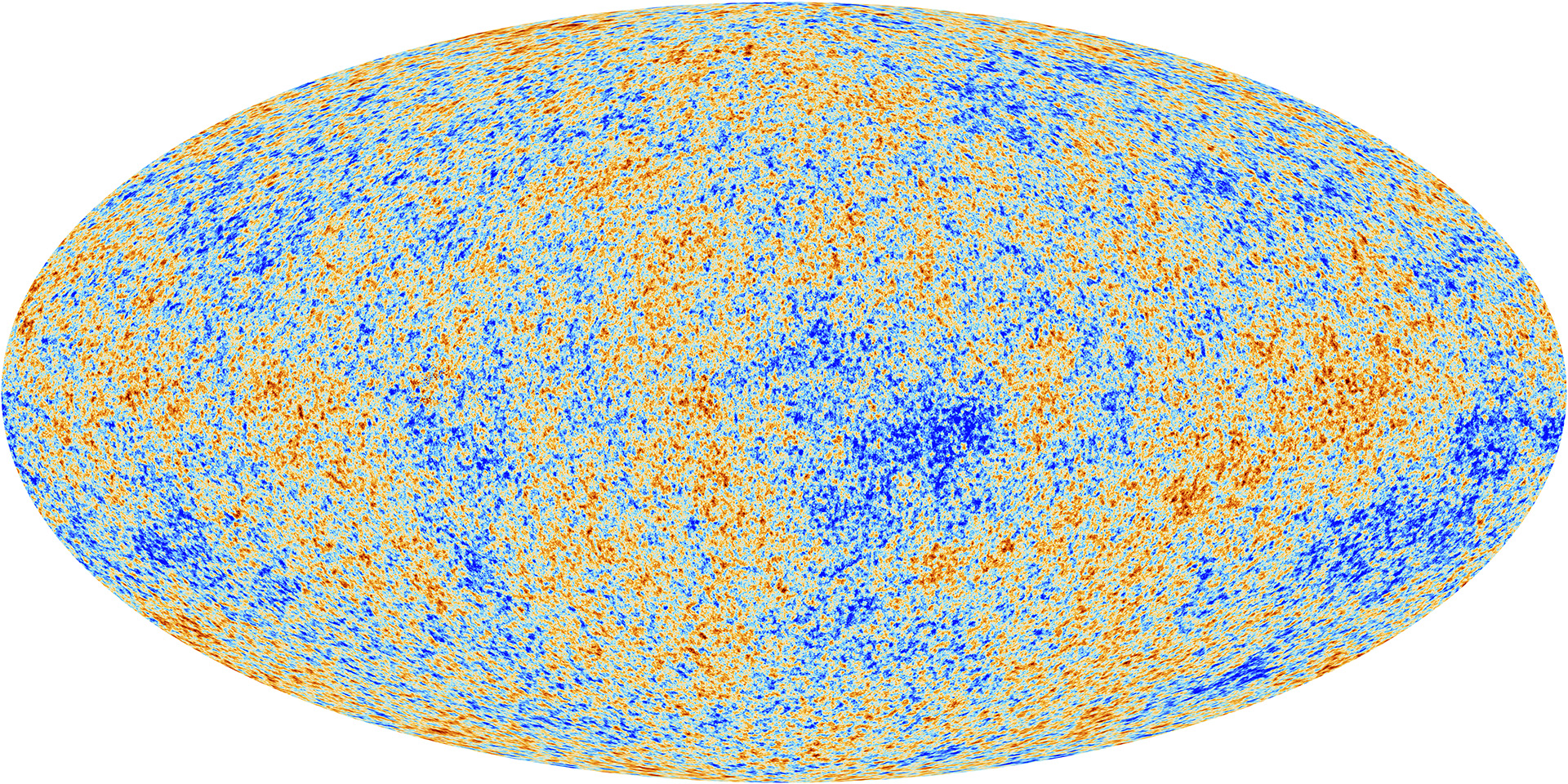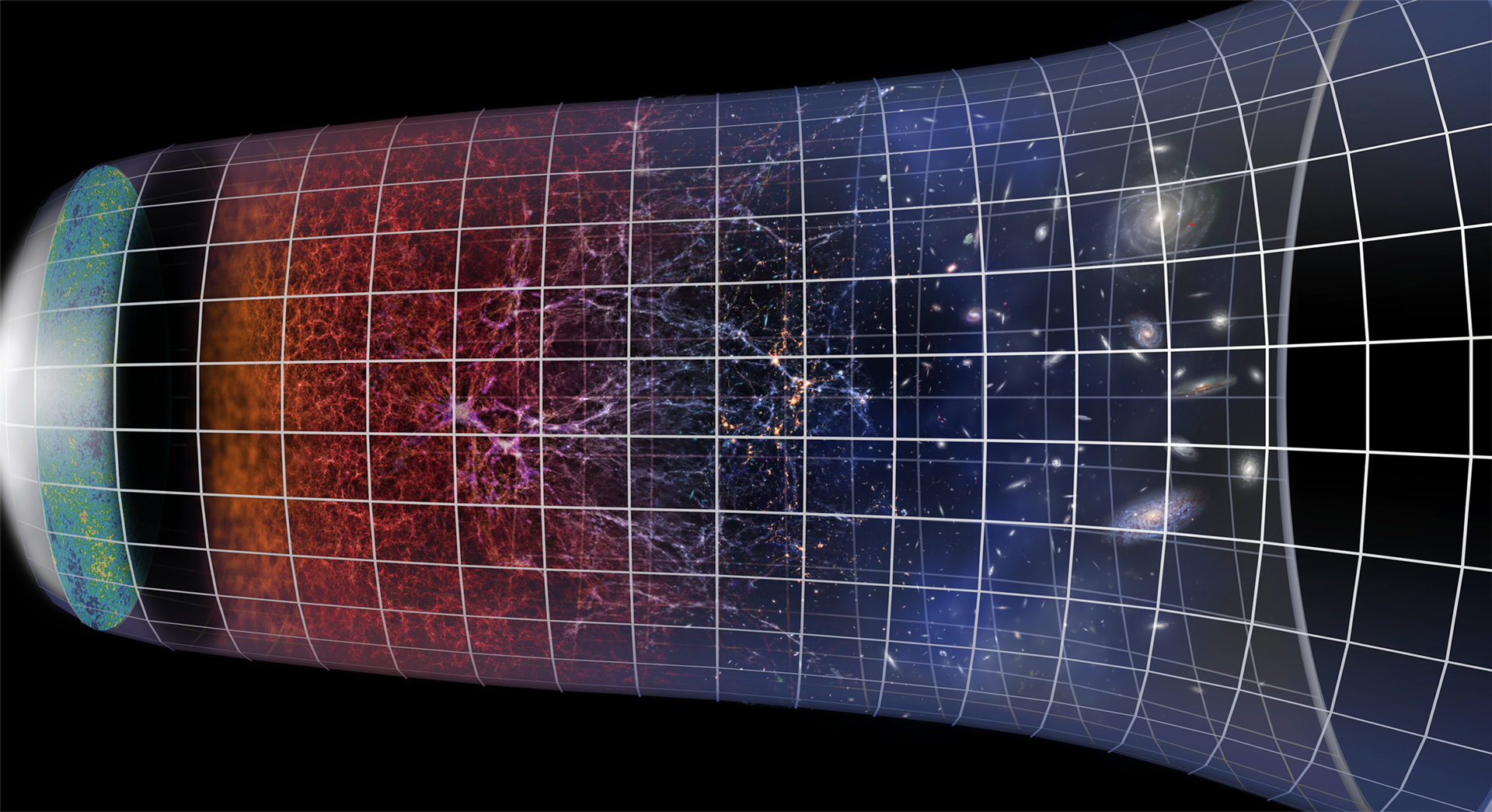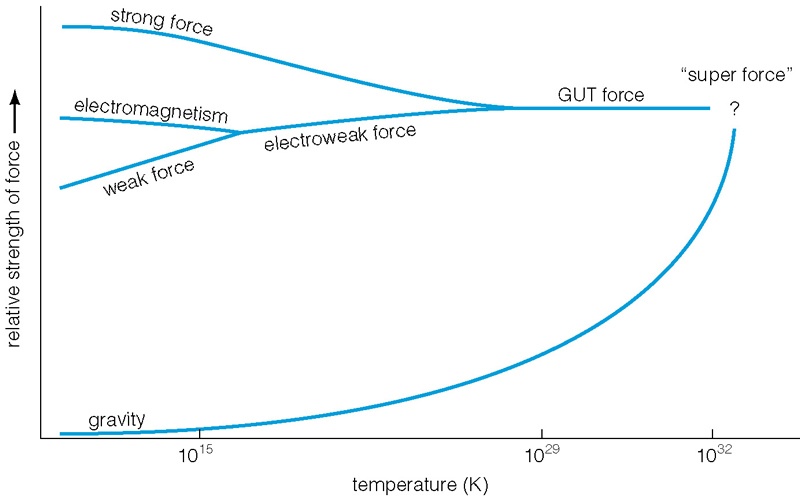|
Substance
|
Properties
|
Fraction of the mass-energy of the Universe
|
Main observational evidence
|
|---|
|
Dark Energy
|
Gravitationally repulsive.
Could be quantum mechanical vacuum energy (equivalent to a cosmological constant Λ)?
|
70%
|
Hubble diagram of high redshift thermonuclear supernovae;
and the Cosmic Microwave Background (CMB).
|
|
Non-baryonic Dark Matter
|
Heavy, weakly interacting particles
not yet discovered in the lab.
|
25%
|
The clustering of Galaxies;
and the CMB.
|
|
Baryonic Matter
|
Atoms.
The kind of stuff that you and planets and stars are made of.
From Greek baryos = heavy (referring to protons and neutrons).
|
5%
|
The primordial abundances of light elements
(H, D, 3He, 4He, Li);
and the CMB.
|
|
Neutrinos
|
Light, weakly interacting particles,
that fly freely through the Earth without stopping.
|
< 1%
|
Upper limits on neutrino masses;
and the CMB.
|
|
Photons
|
Mostly the Cosmic Microwave Background.
|
0.006 %
|
We see it!
|
|
Total:
|
100%
|
CMB indicates that the Universe is geometrically flat.
|
|---|
